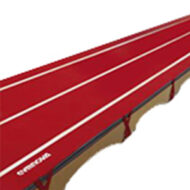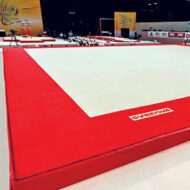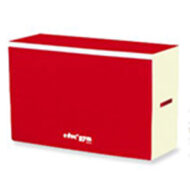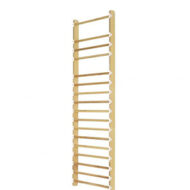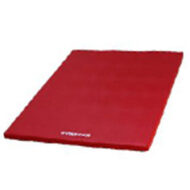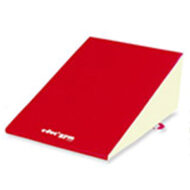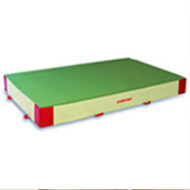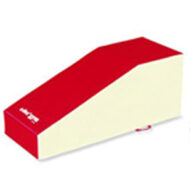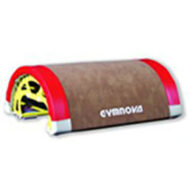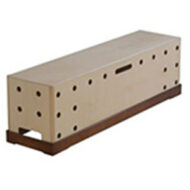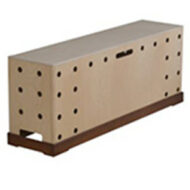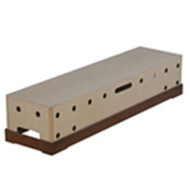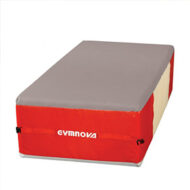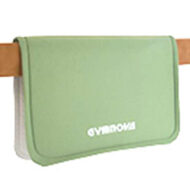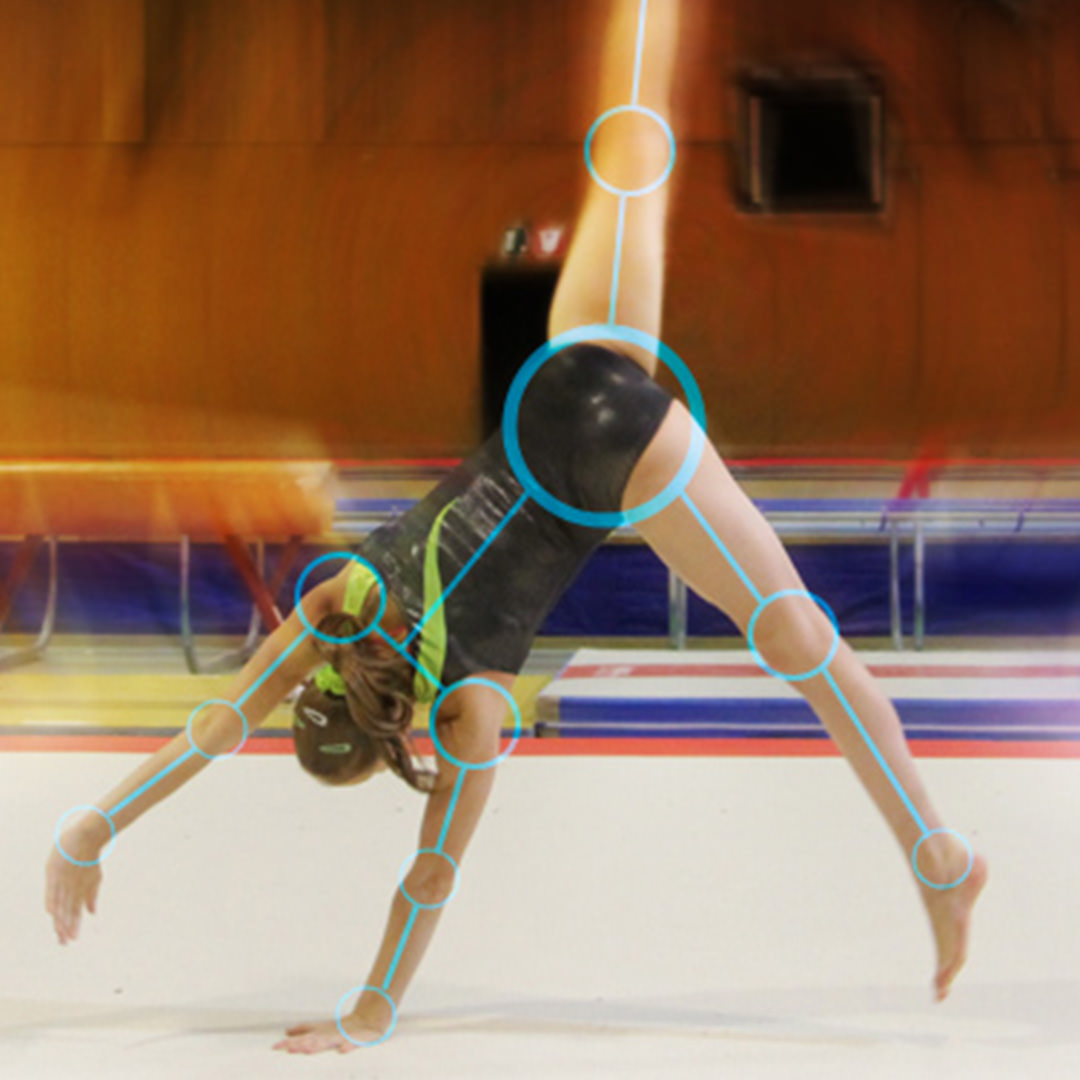Cartwheel
How to teach the cartwheel on floor



Angelo Ritorto
Cartwheel
How to teach the cartwheel on floor
description
Complete training guide to the cartwheel on floor
Alongside handstand, the cartwheel symbolizes the entry point into all tumbling passes starting from a round-off.
Like most foundational movements, it gives the appearance of being easy to do and learn. But the reality is quite different. Cartwheel is the first element to the front with a longitudinal rotation, which requires that the gymnast already have a well-developed knowledge of her own body.
In the technical analysis, we will break down each of the key phases. In particular, the first inversion phase, which is of inestimable importance in this skill.
We'll also take a look at the impact of anatomical constraints on body placement.
We will also give you the prerequisites to check on before starting to learn a cartwheel, and we'll zoom in on the forward lunge.
In the section on specific physical preparation, we'll give you some strength exercises as well as the first exercises for learning the element.
We will follow this with some techniques for spotting, whether for spotting the move as a whole, or for more analytical work.
Lastly, in the two final sections, we bring you stations and skill progression sets as well as an analysis of various situations in training. Your observational ability will help you to set up appropriate options so that your gymnasts progress effectively.
A tip from us: be extremely rigorous with technique when teaching this skill. While it appears simple, the cartwheel requires extreme precision in technique.
Associated books
Let's Teach Artistic Gymnastics - Floor Skills - Volume 2
Learn how to teach:
• Cartwheel • Handspring • Run-up hurdle • Headspring • Flyspring •
All the exercises needed to learn basic forward acrobatic skills, from their beginnings to the execution of complete skills
→ 183 exercises - 230 pages - Format 15 x 21 cm -
A note on the series of books, "Let's teach gymnastics":
• Our books are essential companions to the video training on the same topics that you find in the section "Gymnastics Education" here on GymneoTV.
• Their spiral binding and tabbed pages allow you to quickly find the skills you want to look at, and easily locate the drills and training stations.
• The summaries of technique and the large format illustrations made to scale make these books the ideal companions to your training sessions.
Our advice:
• For training session prep: thanks to the technique summary and icons at the top of each page, you can easily find the stations that match the current needs of your gymnasts. You can also anticipate the equipment needs for your upcoming session.
• During training: with the help of realistic images, you can save time by showing your gymnasts the drills to work on. They will also be able to help you set up the training stations and thanks to the illustrations, they'll more easily understand the task at hand.
• You will improve the constant exchange that you have with your athletes. In fact, when giving your instructions, the illustrations create common ground for discussions or reference points. They make it easy to understand and/or visualize technical placements, which makes it much easier to learn the element.
content
- Learning progression from the block
- Exercises onto a lower surface
- Working with vertical partitions: pros and cons
- Exercises to strengthen the push into the front leg
- Working on keeping the shoulders open
- Example of teaching progression (objectives: improve the quality of the forward inversion and first quarter turn)
